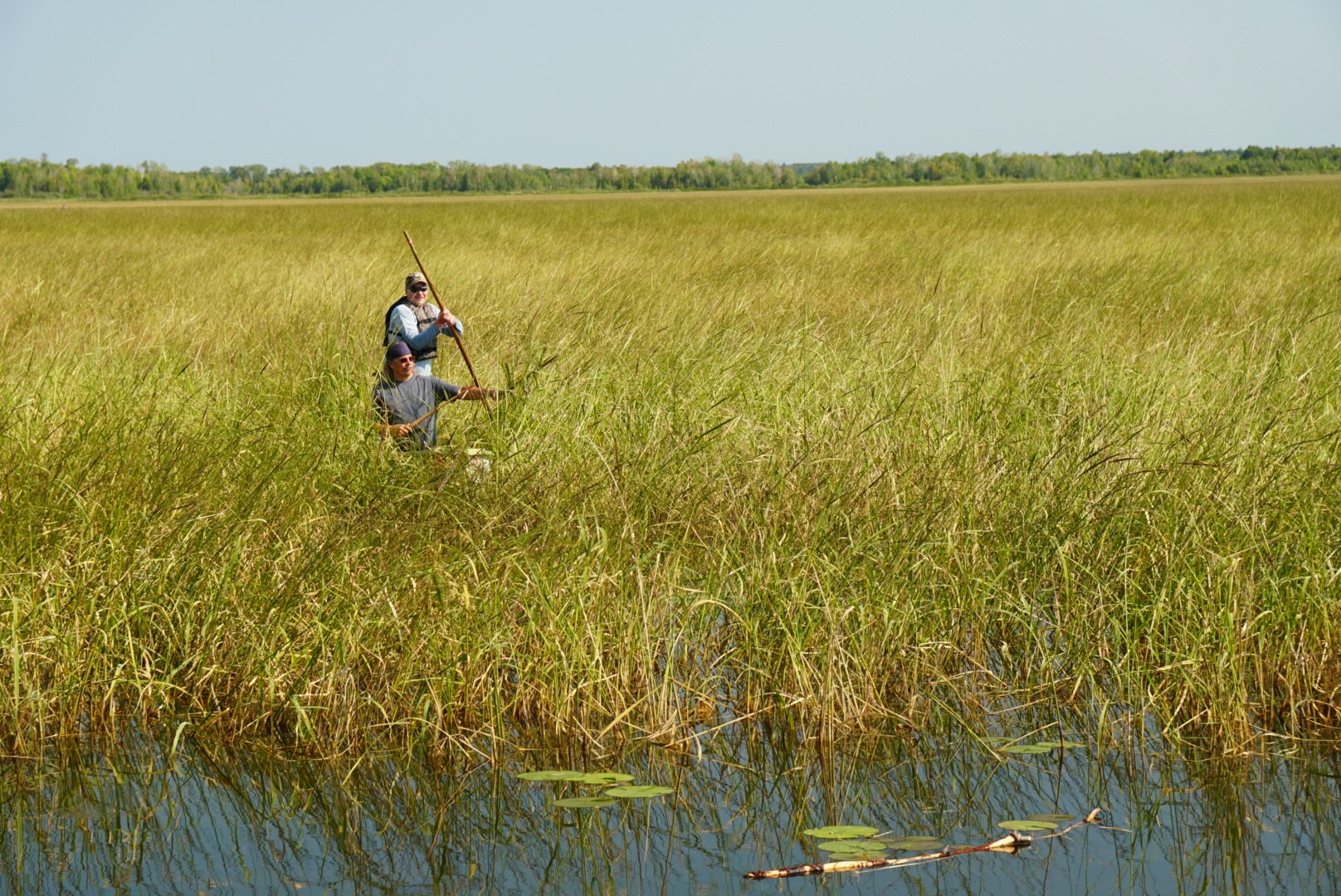In order for any cultural group to maintain their identity in the face of changing landscapes, being connected to the land and ecosystem is paramount. In light of colonial influences, rapid globalization, environmental change, and dietary delocalization this connection is as important as ever to indigenous peoples. The levels of complexity involved in reconnecting to ancestral landscapes are also immense due to geographic restrictions, governmental policies, and loss of cultural knowledge. However, there are ways in which Federal Agencies and Tribal Nations can work together to cultivate these connections and foster new vehicles for the transmission of cultural knowledge that benefit both parties.
One avenue to explore in the creation of improved dialogue between Federal Land Managers and Indigenous groups is the role that cultural keystone species play in environmental stewardship and ecosystem vitality. Cultural keystone species as a concept has been defined as a, “…culturally salient species that shape in a major way the cultural identity of a people, as reflected in the fundamental roles these species have in diet, materials, medicine, and/or spiritual practices” (Garibaldi and Turner 2004). Although the bulk of the literature regarding cultural keystone species focus the attention on animal species, this project turned the attention to plants. There are several examples in the literature of such species such as Mesquite in the American Southwest, Prickly Pear Cactus in Madagascar, and Western Red-Cedar in British Columbia. The TNTCX has focused on Manoomin as a cultural keystone species with potential to improve lacustrine habit, water quality, erosion control, and cultural revitalization of practices threatened by colonization.


Manoomin (Ziznia sp.) is a sacred plant, food, and medicine for indigenous peoples throughout the Great Lakes region that is central to their cultural identity, traditions, and livelihood. It also provides critical environmental services, such as shoreline stabilization, nutrient sequestration, and valuable wildlife habitat. However, multiple factors including climate change, land use, pollution, and invasive species are contributing to a rapid decline in healthy Manoomin populations. USACE projects directly and/or indirectly contribute to the Manoomin threats and stressors, thus the USACE is uniquely positioned through the management and operation of their project lands to have potential for Manoomin enhancement. Native people have stewarded Manoomin for generations and have a keen understanding of the connection between healthy Manoomin, people, and ecosystems but tribal views, concerns, and treaty rights are often not adequately considered into decisions that impact Manoomin. Numerous federally recognized Tribes in the MVP area of responsibility have expressed interest in collaborating with MVP regarding Manoomin.